Kerdi valve seal installation question
toolbabe
14 years ago
Featured Answer
Comments (9)
bill_vincent
14 years agoRelated Professionals
Haslett Kitchen & Bathroom Designers · Redmond Kitchen & Bathroom Designers · Winton Kitchen & Bathroom Designers · Blasdell Kitchen & Bathroom Remodelers · Broadlands Kitchen & Bathroom Remodelers · Overland Park Kitchen & Bathroom Remodelers · Payson Kitchen & Bathroom Remodelers · Red Bank Kitchen & Bathroom Remodelers · Wilmington Kitchen & Bathroom Remodelers · Pflugerville Glass & Shower Door Dealers · San Bernardino Glass & Shower Door Dealers · South Miami Heights Glass & Shower Door Dealers · Whitehall Cabinets & Cabinetry · Cleveland Window Treatments · Washington Window Treatmentstoolbabe
14 years agoMongoCT
14 years agotoolbabe
14 years agobarney_73
14 years agoMongoCT
14 years agoHU-900369379
3 years agoCreative Tile Eastern CT
3 years ago
Related Stories

KITCHEN BACKSPLASHESHow to Install a Tile Backsplash
If you've got a steady hand, a few easy-to-find supplies and patience, you can install a tile backsplash in a kitchen or bathroom
Full Story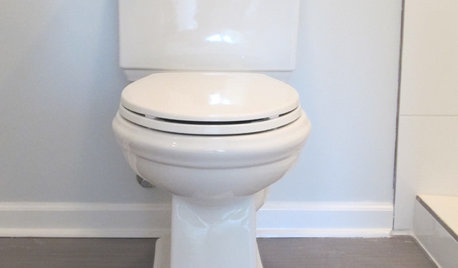
BATHROOM DESIGNHow to Install a Toilet in an Hour
Putting a new commode in a bathroom or powder room yourself saves plumber fees, and it's less scary than you might expect
Full Story
HOUZZ TVHouzz TV: How to Install a Rain Barrel
This DIY tutorial shows how easy it can be to capture rainwater from your roof to use in your garden later
Full Story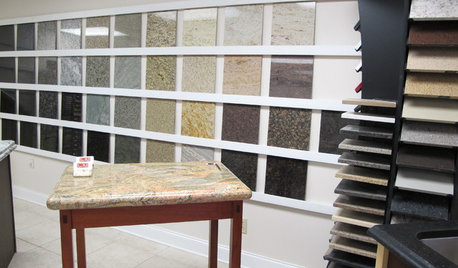
KITCHEN COUNTERTOPSWalk Through a Granite Countertop Installation — Showroom to Finish
Learn exactly what to expect during a granite installation and how to maximize your investment
Full Story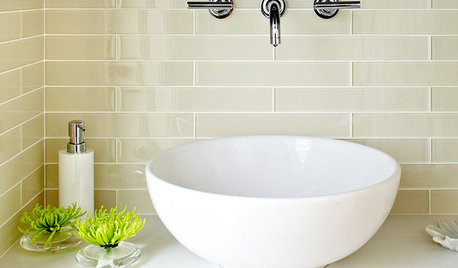
REMODELING GUIDESFinishing Touches: Pro Tricks for Installing Fixtures in Your Tile
Cracked tile, broken drill bits and sloppy-looking fixture installations? Not when you follow these pro tips
Full Story
BATHROOM DESIGNHow to Settle on a Shower Bench
We help a Houzz user ask all the right questions for designing a stylish, practical and safe shower bench
Full Story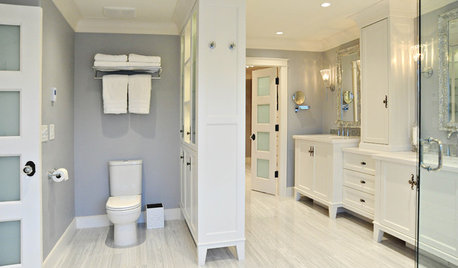
BATHROOM DESIGNBath Remodeling: So, Where to Put the Toilet?
There's a lot to consider: paneling, baseboards, shower door. Before you install the toilet, get situated with these tips
Full Story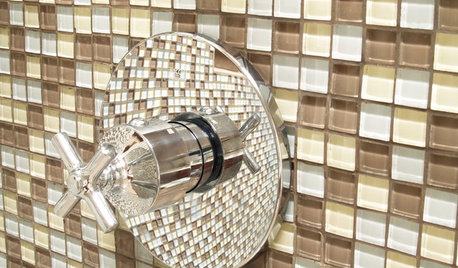
BATHROOM DESIGNConvert Your Tub Space to a Shower — the Fixtures-Shopping Phase
Step 2 in swapping your tub for a sleek new shower: Determine your mechanical needs and buy quality fixtures
Full Story
REMODELING GUIDESWhy Marble Might Be Wrong for Your Bathroom
You love its beauty and instant high-quality appeal, but bathroom marble has its drawbacks. Here's what to know before you buy
Full Story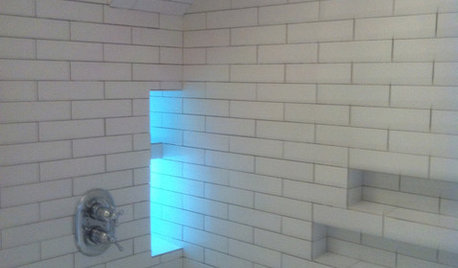
BATHROOM DESIGN10 Top Tips for Getting Bathroom Tile Right
Good planning is essential for bathroom tile that's set properly and works with the rest of your renovation. These tips help you do it right
Full StorySponsored
Franklin County's Custom Kitchen & Bath Designs for Everyday Living
More Discussions






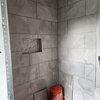
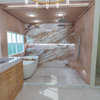
jeffrow